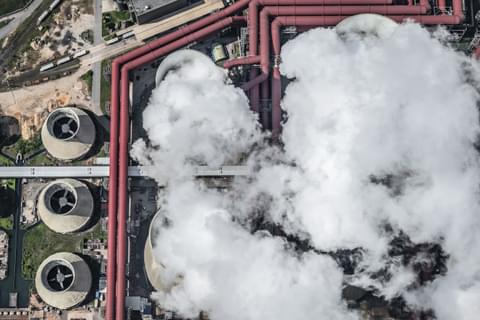Reusable masks
Read the latest on reusable masks, including the different types of masks, who needs to wear one, and what innovations are currently featuring in products.

We can advise you on how to mitigate risk, verifying each product’s suitability by referring to an extensive chemicals database.
Respiratory Protective equipment should only be used where adequate control of exposure cannot be dealt with. It is the responsibility of the employer to first control the environment and eliminate workplace hazards and risks. Supplying protective equipment as a last line of defence.
The workplace hazards employers should be aware of are harmful dust, fumes or gases. As well as environments where employees could be working with a lack of oxygen. As workplace hazards can vary in type and severity, unique breathing apparatuses are available for each requirement.
Read the latest on reusable masks, including the different types of masks, who needs to wear one, and what innovations are currently featuring in products.

Respiratory equipment is primarily used to avoid potentially harmful particles and substances in the air. This can include chemical vapours, dust particles, mists, gases as well as metal fumes. Specialized respirators are designed to protect against types of airborne contaminants as well as provide oxygen to the wearer.
The most dangerous particles can be carcinogenic or radioactive, while others can be dangerous to the body’s respiratory system and lead to serious illness. Wearing a respirator can be part of everyday life in many working environments. Make sure they are the right ones for the job, and that they fit the wearer correctly.

Only equipment which meets the European Norm (EN) standards markings, and the EC standard markings should be used when workers are at risk. The standards contain the design, marking and performance requirements of the protective equipment, so you know the item is guaranteed to meet your needs.

Typically, there are two types of respiratory protection used in the workplace. These would be filtering devices or breathing apparatus.
Filtering devices range from dusk masks, half mask respirators, full face mask respirators to fan-assisted respirators. This type of face mask filters the air to remove contaminants while you work. The standard types of masks which filter contaminants are dusk masks, half-face filter masks, full-face filter masks, and powered by air-purifying respirators.
It is essential that the correct protective equipment is provided with the appropriate filter. Using the wrong type of filter system can be very dangerous as you can’t be sure it’s providing the necessary protection. Equipment must be correctly fitted, and the wearer must be thoroughly trained before use.
Breathing apparatuses are usually used for more hazardous exposures. A range of breathing apparatuses exists including fresh air hose, airline, or demand valve. These deliver an independent supply of breathing quality air.
Self-contained breathing apparatus should be given to employees when they are working in extremely hazardous environments, with the correct training. This type of breathing apparatus creates a positive pressure flow of clean air around the face.
Respirators provide no protection against toxic gases and rely heavily on filter materials. The quality of the filter material is extremely important, if it’s missing, damaged or worn the respirator will not protect you. High temperatures can cause discomfort when wearing a respirator for long periods of time.
Developed by Tower Supplies in consultation with SGN, the Flowmaster Fresh Air Breathing Apparatus is ideal for confined spaces and other oxygen-poor or hazardous work environments.
